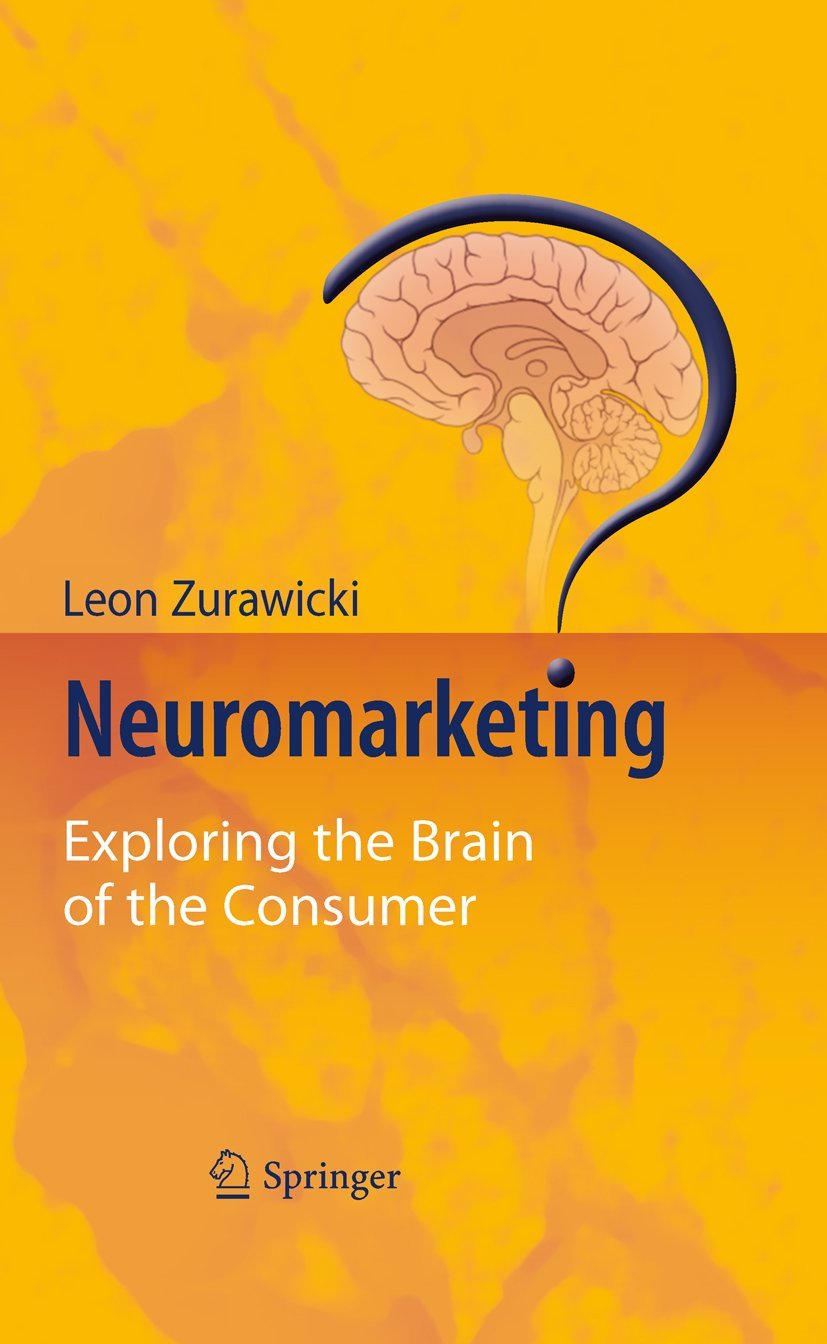Frustrated or Engaged? The Impact of Network Speed on Emotional Engagement and Brand Perception
 Radware, a leading provider of application delivery and application security solutions for virtual and cloud data centers recently released a new research revealing that network speed deeply impacts consumers at every phase of the transaction process, particularly users of mobile devices. The report shows that even moderately slower connection speeds result in significant increases in user frustration and decreases in engagement.
Radware, a leading provider of application delivery and application security solutions for virtual and cloud data centers recently released a new research revealing that network speed deeply impacts consumers at every phase of the transaction process, particularly users of mobile devices. The report shows that even moderately slower connection speeds result in significant increases in user frustration and decreases in engagement.Retailers Must Improve Site Load Times to Drive Positive Brand Perception and Emotional Engagement
Slow pages hurt mobile user metrics — from bounce rate to online revenues to long-term user retention. To understand the science behind this, the researchers engaged in the first documented study of the emotional and neurological impact of poor performance on mobile users. In order to accurately assess consumers’ neurological and emotional reactions to slow load times, this study was conducted using a set of methodologies – electroencephalography (EEG) and eye tracking combined with Implicit Response Testing – to examine how, on a moment-by-moment basis, positive and negative emotions are triggered.
Our study proves that brand perception is based on more than a powerful logo or smart marketing strategy. A consumer’s online shopping experience greatly affects their feelings about a retailer, and because these feeling are happening at a non-conscious, pre-cognitive level, they are beyond the control of site owners. A slow site and poor user interface can be detrimental – potentially negating other, more expensive, branding efforts, said Tammy Everts, web performance evangelist at Radware.
Sites of four major U.K. brands were tested as part of this study: John Lewis, Tesco, EasyJet and Ryanair . The three-part study incorporated several methodologies and analyzed the emotional engagement, positive and negative responses, and attitudes and associations of users when asked to complete tasks on the brands’ sites. Key findings from the study include:
- Slow connection speeds are likely to lead to higher levels of frustration and lower levels of emotional engagement. Browsing is twice as likely as the checkout to be frustrating when slow.
- The negative impact of slow network speed is not restricted to just the immediate customer frustration and loss of business through the site – it deeply impacts the long-term brand perception of the retailer, making potential customers less likely to return.
- Slow performance affected non-performance issues such as quality of content, visual design, and ease of navigation.
- The brand damage inflicted by slow sites and poor user experience can translate directly to negative impact on purchase intent across other channels and touch points.
These findings should be a huge red flag for retail brand managers, especially as mobile is at the point of overtaking desktop in terms of user share. More than ever, people are browsing and buying on mobile, and slow pages are one of the top issues that mobile users complain about. Fortunately, there are tools available, as well as best practices that businesses can implement today to help alleviate this high risk. These include implementing an automated web performance solution and ensuring that you are testing your site on a variety of devices, browsers and real-world connection speeds, added Tammy Everts.
Every site is different, and performance issues affect every site differently. There isn’t any rule or unified theory of performance and user perceptions. But this research highlights that performance has a clear and measurable impact on users at a pre-cognitive level.






















